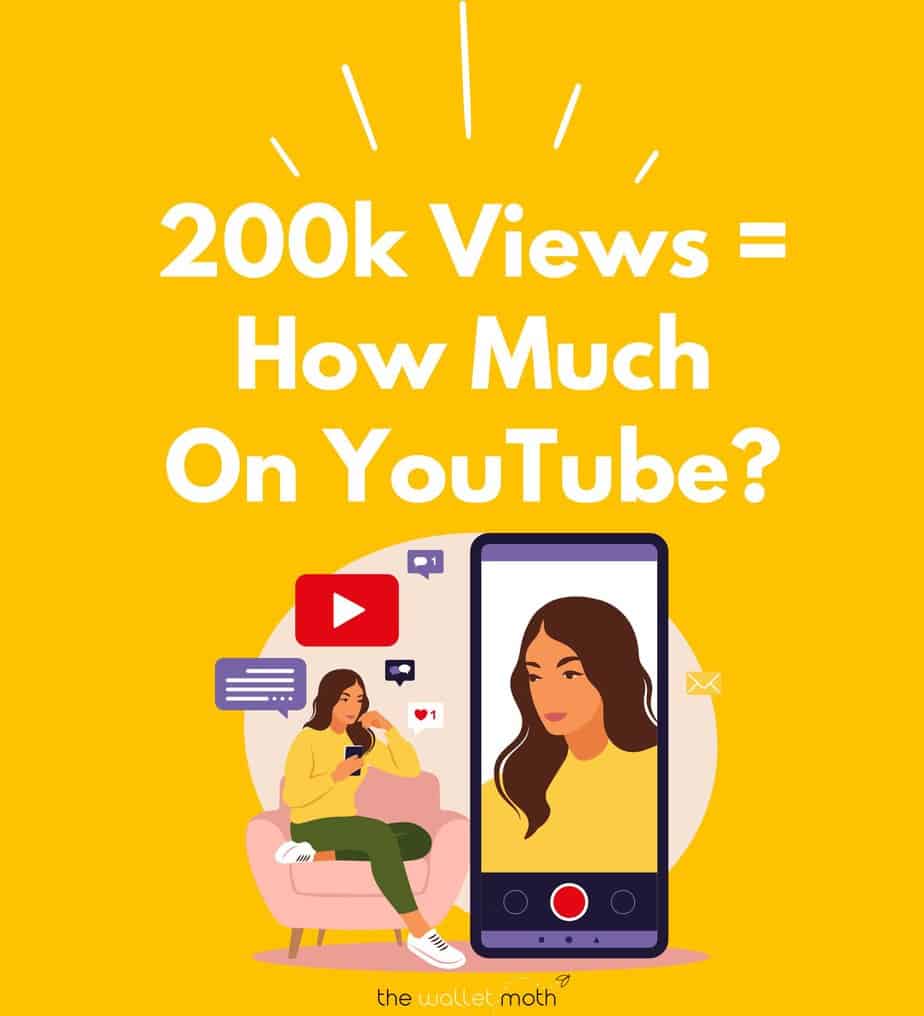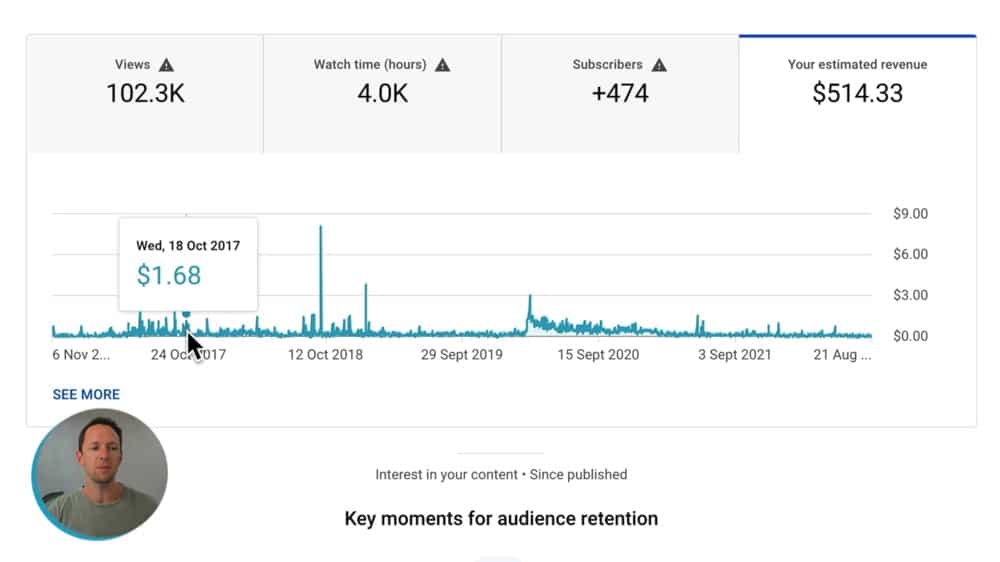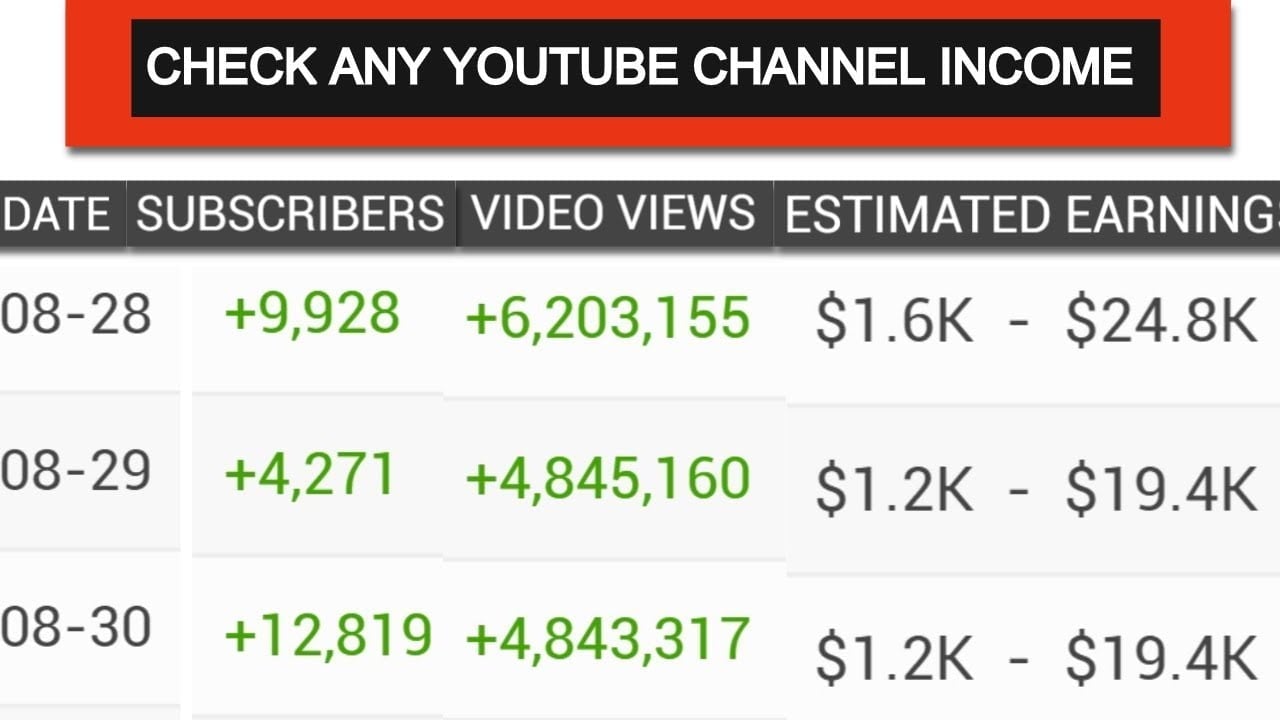YouTube has transformed from a simple video-sharing platform into a lucrative avenue for content creators. Monetization allows creators to earn money from their videos, and for many, it translates into a full-time income. But how exactly does it work?
At its core, YouTube monetization is primarily driven by advertising revenue. Creators can earn money through ads displayed before, during, or after their videos. However, there are various requirements to meet before a creator can start earning, including joining the YouTube Partner Program (YPP) and meeting certain monetization thresholds.
The journey begins with connecting your YouTube account to AdSense, Google's advertising network. Once you become part of the YPP, you can start earning based on several factors, including the number of views, ad engagement, and audience demographics.
But it’s important to note that not all views earn the same amount of money—this can vary significantly. The potential earnings from 500 million views is a common question among content creators, and it opens the door to understanding how much work goes into generating this kind of traffic.
Factors Influencing Earnings from YouTube Views

When looking at how much 500 million YouTube views can actually pay, several factors come into play. These contribute to the variability in earnings, which makes the income potential both exciting and unpredictable. Here are some key factors:
- Ad Formats: Different ad formats, such as skippable ads, banner ads, or non-skippable ads, can generate different revenue. For instance, non-skippable ads tend to pay more since viewers must watch them in full.
- Audience Demographics: The location of your viewers can significantly influence earnings. Advertisers pay more for audiences in countries like the U.S., Canada, and the UK because they see it as more valuable.
- Niche Content: The type of content you create affects how much advertisers are willing to pay. Niches with high competition (like finance or health) may attract higher-paying ads.
- Engagement Rates: Viewer engagement—likes, shares, comments—can improve ad performance. The more engaged your audience, the higher the chance of monetizing effectively.
- RPM (Revenue per Mille): This metric indicates how much you earn per 1,000 views. It's calculated by considering all income sources (ads, memberships, etc.) divided by total views, multiplied by 1,000.
To sum it up, understanding these factors can help creators maximize their earnings. So, while 500 million views can certainly sound promising, the actual income can vary widely based on these influences.
Understanding Ad Revenue Breakdown

When it comes to making money on YouTube, it’s all about ad revenue. But how does that work exactly? Understanding the ad revenue breakdown is crucial to grasping how much you could earn from your videos, especially with something as massive as 500 million views.
YouTube employs a system called Cost Per Mille (CPM), which means the amount an advertiser pays for a thousand ad impressions. Of course, not every viewer is going to see an ad; only a portion will due to factors like ad-blindness and user preferences. Generally, CPM rates can fluctuate widely based on several factors, including:
- Viewer Location: CPM rates can be higher in countries like the U.S. and Canada compared to others.
- Type of Content: Some niches, like finance or technology, attract higher CPMs due to advertiser demand.
- Seasonality: During certain times of the year, like holidays, advertising budgets increase, often resulting in higher CPMs.
In addition to CPM, YouTube offers different types of ads:
| Ad Type | Description |
|---|---|
| Display Ads | These are banner ads that appear next to videos. |
| Skippable Video Ads | These ads can be skipped after five seconds. |
| Non-Skippable Video Ads | These ads must be watched in their entirety before a video plays. |
| Bumper Ads | Short ads that play before a video and are non-skippable. |
By understanding this breakdown, you can better estimate potential earnings and see where to channel your efforts for maximum revenue!
Estimating Earnings from 500 Million Views

Alright, let’s get to the juicy part—what does 500 million views actually translate to in earnings? The answer to this question isn’t straightforward, as it depends on several variables. However, we can come up with a reasonable estimate based on average CPM rates.
Assuming an average CPM of $2 to $5 for the sake of this example, let’s do some quick calculations:
- At a $2 CPM:
- 500 million views = 500,000 ad impressions (assuming each view corresponds to one ad).
- Earnings = (500,000 / 1,000) x $2 = $1,000,000.
- At a $5 CPM:
- Earnings = (500,000 / 1,000) x $5 = $2,500,000.
So, rounding it up, earning from 500 million views can range anywhere from $1 million to $2.5 million, depending on the CPM you might achieve.
However, remember that creators only get a portion of this revenue after YouTube takes its cut (usually around 45%). So, the actual take-home amount could be lower. It’s definitely important to dive deeper into specifics like your audience demographics and content type when doing these calculations!
The Role of Audience Engagement
Audience engagement is absolutely vital when it comes to monetizing videos on YouTube, especially if you're seeking to maximize earnings from views. But what does "audience engagement" really mean? It’s about how your viewers interact with your content. Engagement metrics can include:
- Likes: The number of thumbs up a video receives.
- Comments: Conversations fostered in the comments section.
- Shares: How often viewers share your video on social media platforms.
- Watch Time: The total minutes users spend watching your video.
- Subscriber Growth: The increase in subscribers as a result of your content.
When viewers are actively engaging with your content, it’s a signal to YouTube's algorithm that your videos are worth sharing. The more engagement a video receives, the more likely it is to be recommended by YouTube, which can lead to more views. Higher views mean higher potential earnings—it's a great cycle!
Additionally, deploying strategies to increase engagement, such as asking viewers questions, responding to comments, or creating polls, can foster a sense of community. A dedicated audience is often more likely to continue viewing your videos, sharing them with others, and even contributing to merchandise or Patreon support.
Exploring Additional Revenue Streams
While views are the bread and butter of YouTube earnings, relying solely on ad revenue can be limiting. Creators are increasingly diversifying their income through various additional revenue streams. Here are some popular options:
| Revenue Stream | Overview |
|---|---|
| Merchandise Sales | Create and sell branded products like t-shirts, mugs, and more directly to your fans. |
| Sponsorships & Brand Deals | Partner with companies to promote their products in your videos for a fee. |
| Channel Memberships | Offer exclusive content to subscribers in exchange for a monthly fee. |
| Affiliate Marketing | Promote products and earn a commission for each sale made through your referral link. |
| Creator Funds | Participate in programs like YouTube’s Partner Program or TikTok Creator Fund for additional payments. |
Exploring these diverse income avenues not only increases potential earnings but also adds variety to what you can provide your audience. This way, you're not just generating income from the same source but also enhancing viewer experience, which can lead to higher engagement. With creativity and dedication, the earning potential on YouTube becomes limitless!
Earnings Explained: How Much Does 500 Million YouTube Views Pay
YouTube has become a platform where content creators can not only share their work but also earn substantial income. One common inquiry among aspiring YouTubers is: "How much can I earn with 500 million views?" The answer varies significantly based on several factors, including audience demographics, content type, and ad engagement. Here’s a detailed breakdown to understand the revenue potential from YouTube views.
On average, YouTube pays its creators through Google AdSense. The estimated earnings for 1,000 views can range from $0.25 to $4.00 depending on various variables. Therefore, for 500 million views, the calculations might look like this:
| CPM (Cost Per Mille) | Estimated Earnings |
|---|---|
| $0.25 | $125,000 |
| $1.00 | $500,000 |
| $2.00 | $1,000,000 |
| $4.00 | $2,000,000 |
Factors influencing earnings include:
- Audience Location: Viewers from countries with higher ad rates (e.g., USA, Canada) tend to generate more earnings.
- Content Niche: Some niches pay more due to higher advertiser competition.
- Engagement: Higher engagement rates (likes, shares) can lead to better ad placement and increased revenue.
- Ad Types: Different formats (display ads, overlay ads, skippable video ads) also impact earnings.
In conclusion, earning from 500 million YouTube views can range anywhere from $125,000 to $2,000,000, depending on multiple factors. Aspiring creators should focus on producing engaging content and understanding their audiences for maximum revenue potential.
 admin
admin








